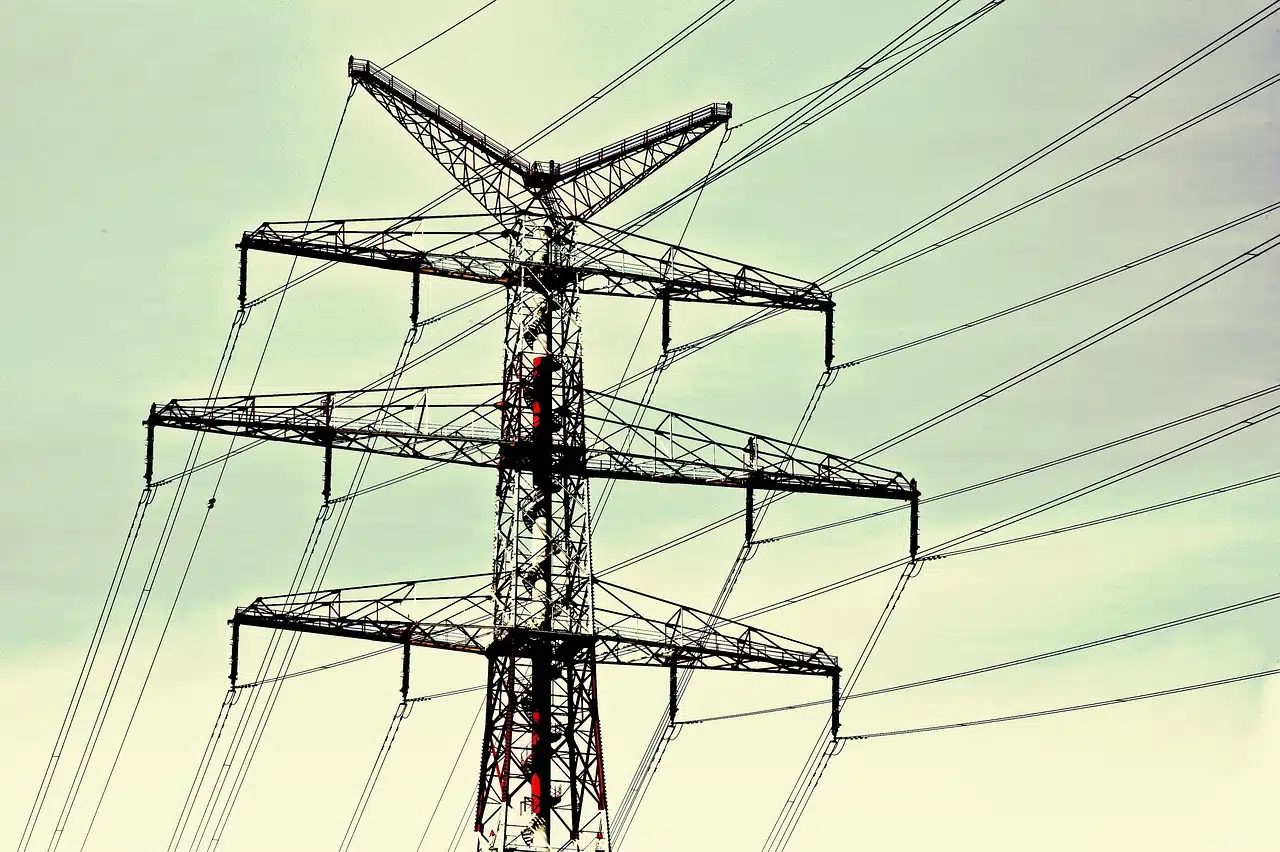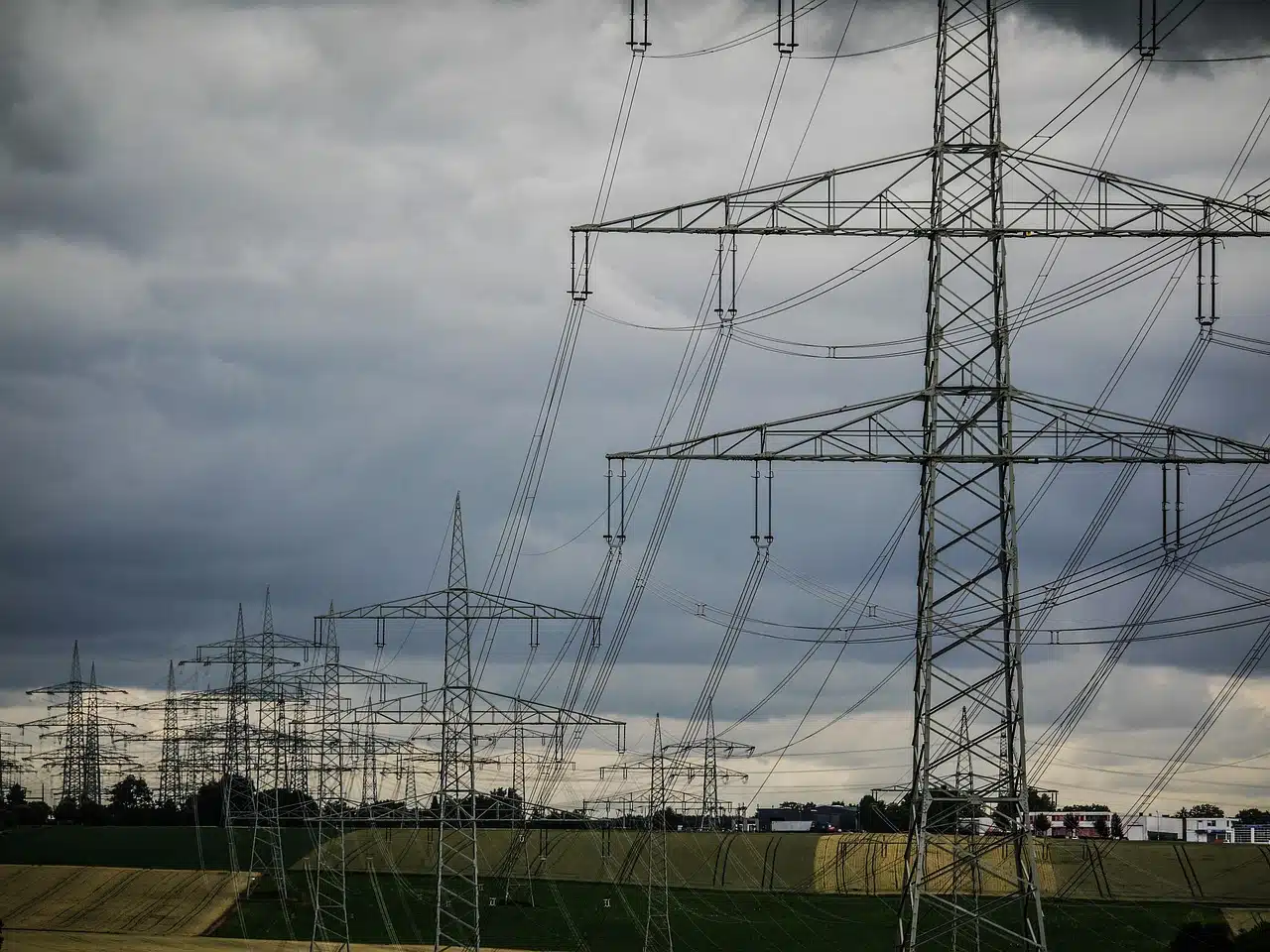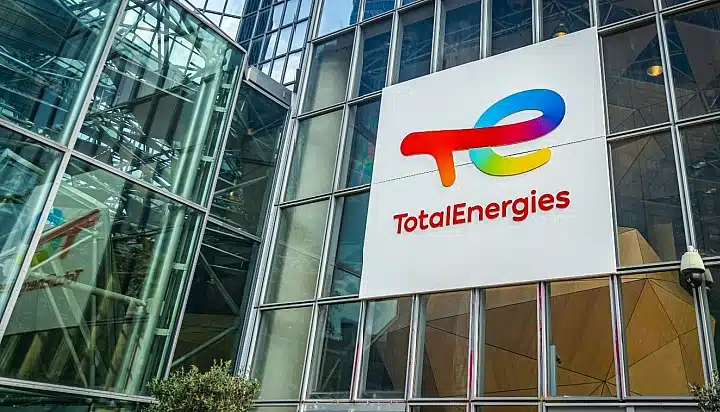The state-owned utility company of Kenya, Kenya Power, has reportedly released the sum of $1.1 billion to Kenya Electricity Generating Company PLC (KenGen) and Independent Power Producers (IPPs) in the 2023/24 financial year.
This was contained in a statement by the Energy Cabinet Secretary, Opiyo Wandayi, during a Senate Energy Committee session on Sunday.
The payment was for power consumed during the fiscal year and the idle power that was not utilised.
Wandayi noted the financial burden of maintaining grid reliability in Kenya.
The role of Idle Power in grid stability
Idle power, often referred to as reserve capacity, involves payments for electricity that remains undispatched but available for grid stability.
Wandayi explained to the Senate Energy Committee, chaired by Siaya Senator Oburu Oginga, that these payments are critical for backup during peak demand or unexpected outages.
The Energy and Petroleum Regulatory Authority (EPRA) approves power purchase tariffs, ensuring contractual obligations under take-or-pay agreements are met.
These agreements, questioned by Nairobi Senator Edwin Sifuna, guarantee IPPs’ payment regardless of power dispatch, a practice Wandayi defended as essential for operational continuity.
“What is the total amount paid by Kenya Power to Independent Power Producers over the last two financial years, including the volume of power purchased and the total cost incurred by the utility company?” Sifuna asked.
In his response to the committee, Wandayi said, “Power capacity payments are fixed payments made to electricity providers for their available generating capacity, to ensure sufficient spare generation capacity to meet peak demand and prevent shortages.”
Between July 2022 and June 2024, the highest-paid Independent Power Producers (IPPs) in Kenya included Triumph Power, which received Ksh6.2 billion ($48.2 million), and Rabai Power with Ksh6.1 billion ($47.7 million).
Thika Power was paid Ksh4.8 billion ($37.3 million), while Gulf Power earned Ksh4.4 billion ($34.1 million). Ibeafrica (EA) Power received Ksh4.21 billion ($32.6 million).
Financial and operational implications
Moreover, the Sh151.7 billion ($1.1 billion) expenditure shows Kenya Power’s challenge in balancing cost efficiency with supply reliability.
Payments for idle capacity strain the utility’s finances, especially amid rising electricity losses due to aging infrastructure, as Wandayi acknowledged in a recent report.
However, capacity payments are intended to incentivise investment in new power plants and ensure a reliable electricity supply by guaranteeing a return on investment even when a plant is not generating power at full capacity, as stated by the Energy CS.
Kenya Power’s recent efforts to modernize its grid, including the project with the French Development Agency, aim to reduce system losses and enhance stability.
However, these investments have yet to fully offset the financial impact of idle power costs.









